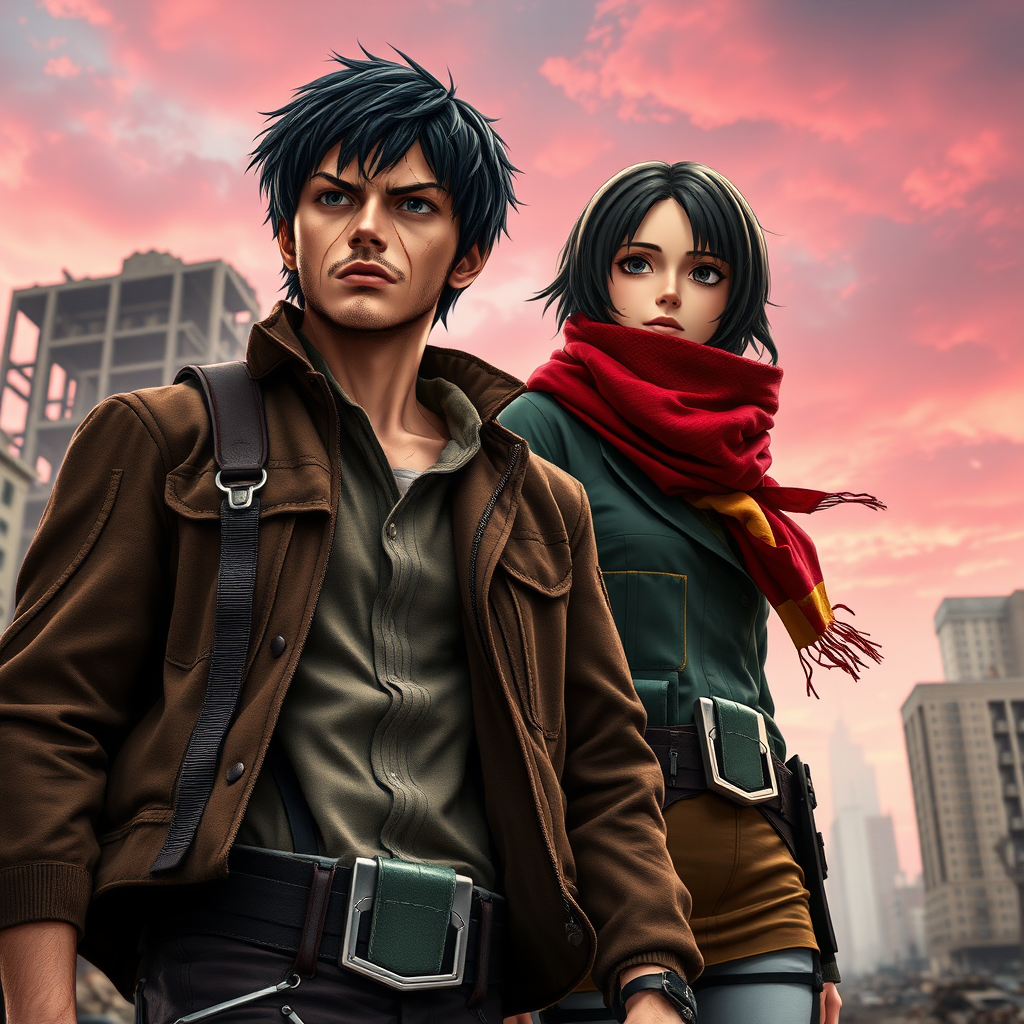
The Evolution of Fashion in Attack on Titan
The world of *Attack on Titan* is not just defined by its intense battles and complex characters; it also showcases a unique blend of fashion that reflects the personalities and emotions of its characters. As the narrative unfolds, we witness the evolution of style that encapsulates the essence of casual chic while maintaining a sense of practicality.
Character-Inspired Outfits
Each character’s outfit serves as a visual representation of their journey and growth throughout the series. For instance, Eren Yeager’s transition from a cadet to a leader is mirrored in his evolving wardrobe. Initially clad in the traditional military uniform, he gradually adopts a more rugged, individualized look that symbolizes his rebellion against the oppressive forces.
Mikasa Ackerman, on the other hand, embodies a blend of functionality and femininity. Her signature scarf not only adds a stylish touch but also signifies her loyalty and connection to Eren. The way she layers her attire allows for ease of movement, reflecting her role as a fierce warrior while still embracing a casual chic aesthetic.
The Influence of Casual Chic
Casual chic is characterized by its effortless style, combining comfort with a sense of trendiness. In *Attack on Titan*, this style is particularly evident in the everyday outfits of characters like Sasha Blouse and Conny Springer. Their attire often features relaxed fits, earthy tones, and practical accessories, allowing them to navigate both the battlefield and their personal interactions with ease.
Moreover, the series highlights how fashion can be an expression of personality. Characters like Jean Kirstein sport a laid-back look that aligns with his pragmatic approach to life, while still conveying his underlying ambition and growth. The balance between casual and chic in these outfits reflects a nuanced understanding of character development.
Symbolism in Fashion Choices
Fashion in *Attack on Titan* also serves as a narrative device, symbolizing deeper themes of freedom, identity, and resistance. The Survey Corps’ iconic cloaks, for example, are not just practical gear; they represent the fight against oppression and the struggle for humanity’s survival. The way characters wear these cloaks—sometimes draped casually over their shoulders, other times worn tightly around them—mirrors their emotional state and commitment to the cause.
The use of color in their outfits further enhances this symbolism. Darker tones often signify despair and struggle, while brighter colors can represent hope and determination. This interplay of fashion and emotion adds layers to the storytelling, inviting viewers to engage with the characters on a more personal level.
Conclusion
In the universe of *Attack on Titan*, fashion transcends mere aesthetics; it becomes a powerful form of expression that reflects the characters’ inner struggles and triumphs. The incorporation of casual chic into their wardrobes not only adds a contemporary flair but also resonates with themes of individuality and resilience. As viewers, we are invited to appreciate the artistry behind these choices, making the series not just a tale of survival, but also a captivating exploration of style and identity.
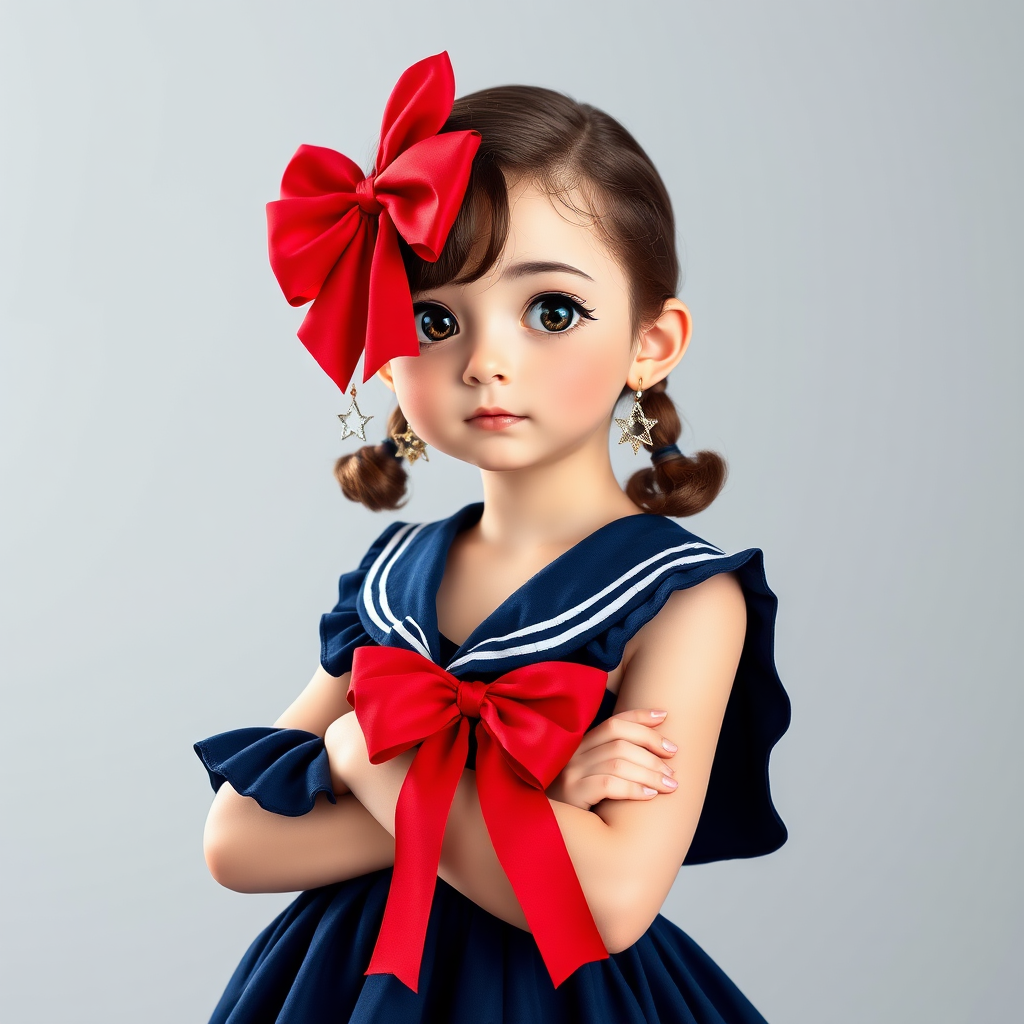
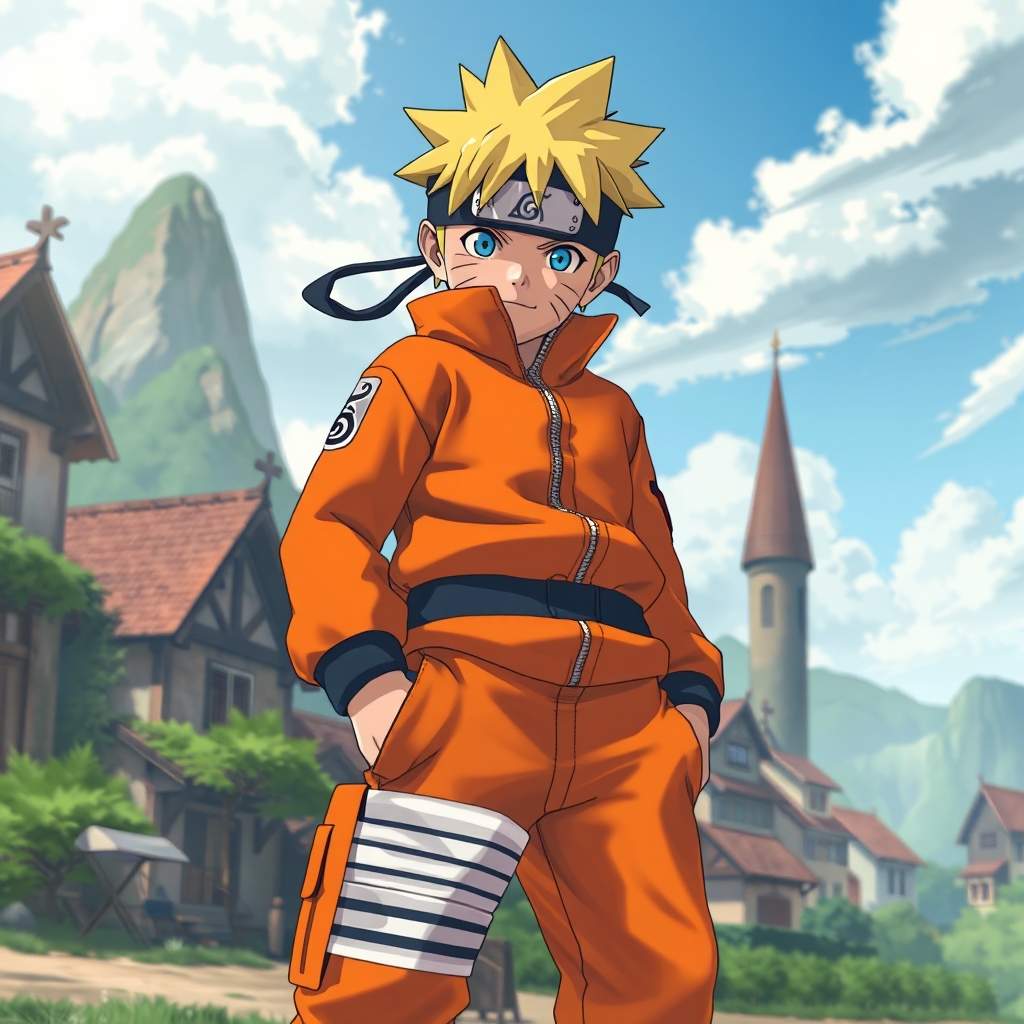
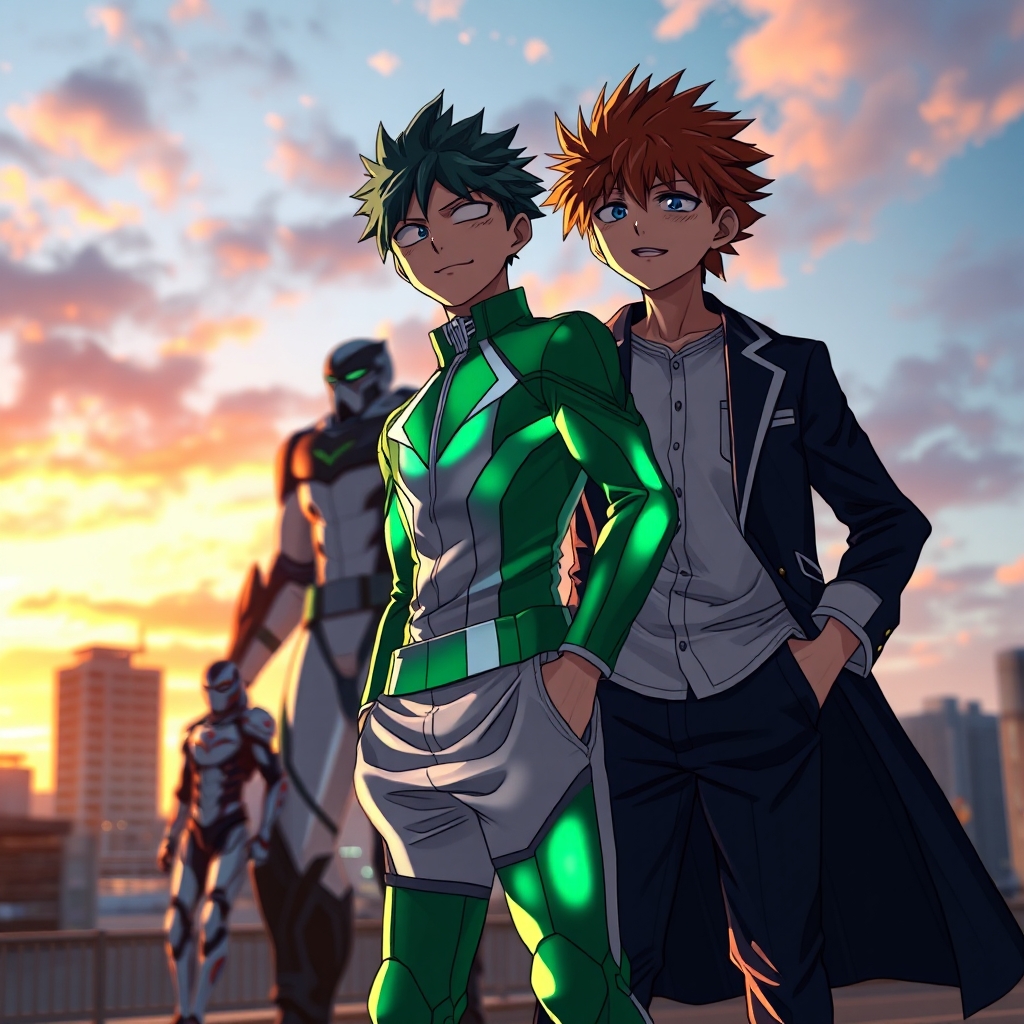
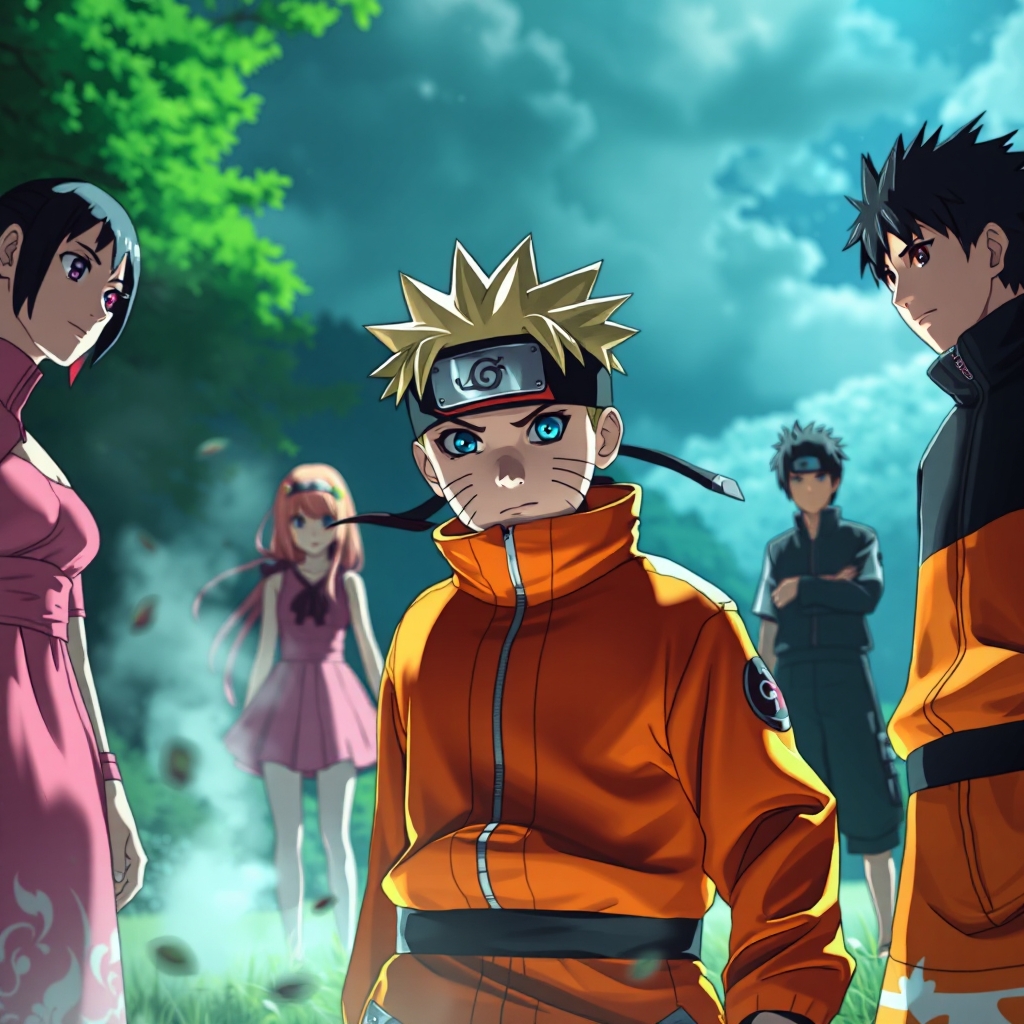
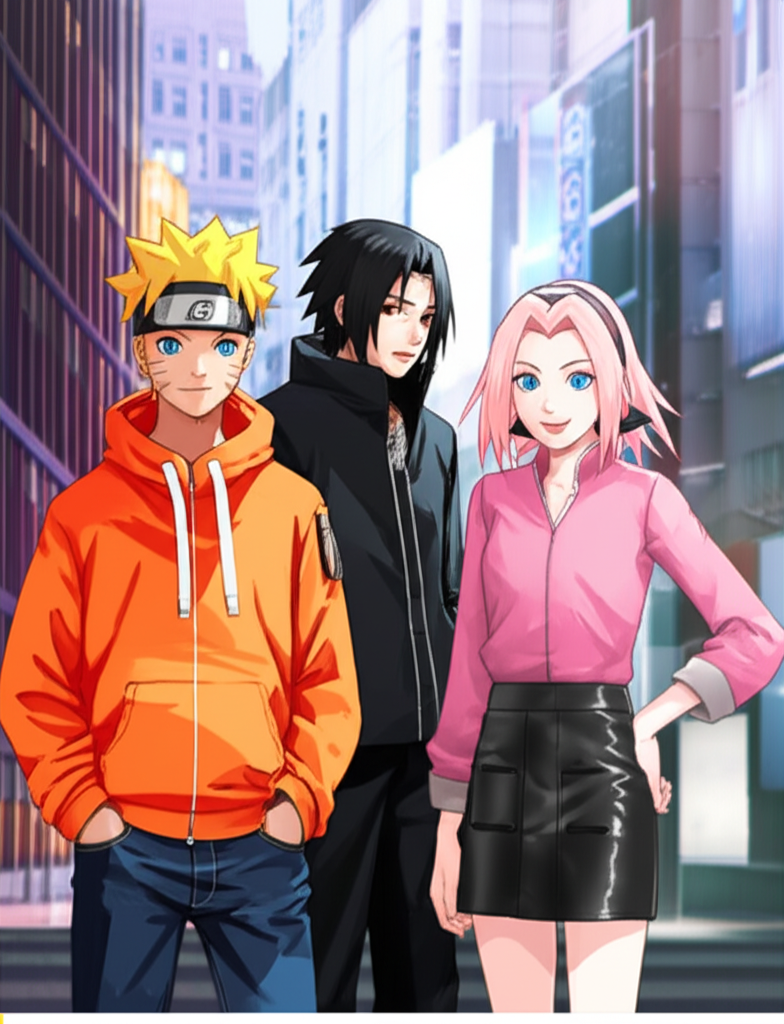
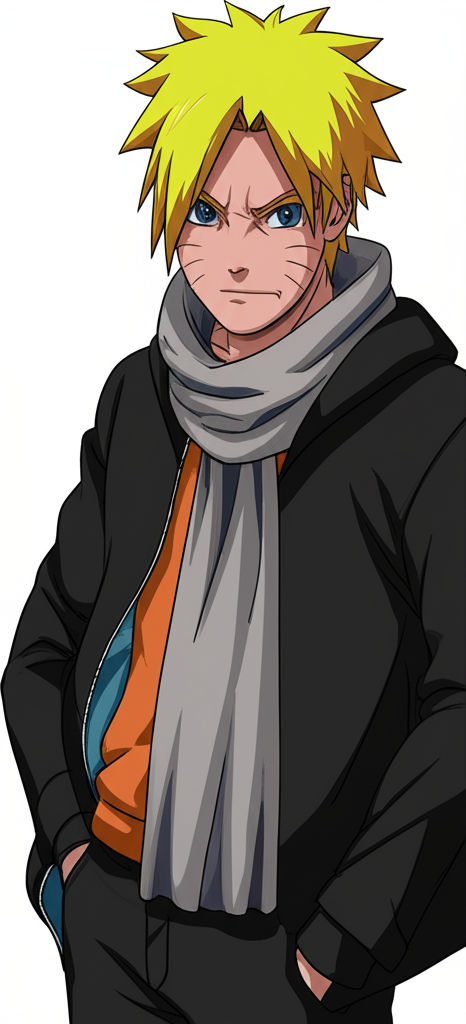
Latest Reviews